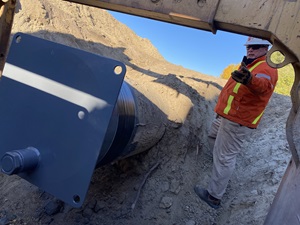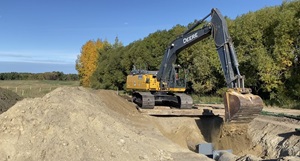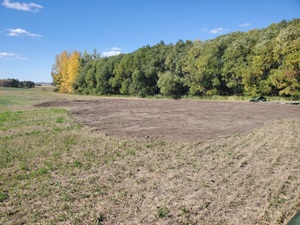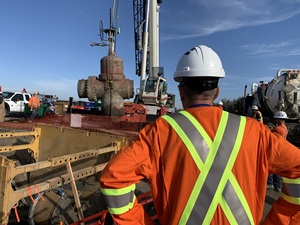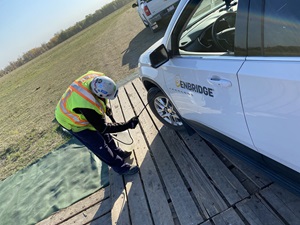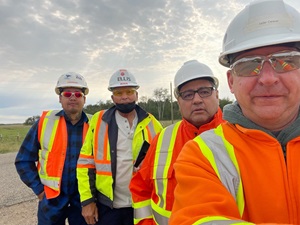First segment of legacy Line 3 taken safely out of service
Decommissioning work in Manitoba completed ahead of schedule by mid-October
For more than 50 years, Enbridge’s Line 3 pipeline ensured the safe and reliable delivery of energy from the oilfields of Alberta to the Midwestern U.S. and refineries across North America.
Its legacy continues with a new pipeline along essentially the same corridor, stretching 1,765 kilometres (1,097 miles) from Edmonton, Alberta to Superior, Wisconsin. Line 93, as the replacement pipeline is now named, came into service Oct. 1 following more than eight years of extensive community engagement, and thorough environmental, regulatory and legal review.
“This was a landmark undertaking that has redefined how Enbridge builds major projects,” says Guy Krepps, Line 3 Project Director in Canada. “The new pipeline was designed and executed with state-of-the-art construction materials and a strong safety and environmental performance. The level of public engagement, which included Indigenous communities and groups, was unprecedented and led to a better outcome, both for Enbridge and communities near the right of way.”
In Canada, Line 93 has been operating since December 2019, leading to a focus on reclaiming the pipeline construction right of way and safely removing the legacy Line 3 pipeline from service, a process known as decommissioning.
Decommissioning of the first of four segments began in August and was completed ahead of schedule in Manitoba by mid-October, thanks in part to a very dry summer and fall, with zero safety or environmental incidents.
Image gallery: Decommissioning of legacy Line 3 in Manitoba
A joint venture of Métis N4 Construction and Steel River Solutions served as general contractor for an area covering 260 km from Cromer to Gretna, with a peak workforce of 55 persons. Indigenous men and women comprised approximately 75% of the workforce.
“Decommissioning is a logistically challenging job that N4-Steel River handled very successfully,” says Enbridge Construction Manager Allen Sawatzky. “It’s different than building a pipeline—you don’t just work from kilometre zero to kilometre 100 in a straight line. You go back-and-forth, from site-to-site, and this particular job involved 31 different locations for segmentation, valve isolation and railway fill.”
(TOP PHOTO: A worker looks on during removal of a valve south of Winkler, MB during Line 3 decommissioning work on the Canadian prairies.)




